Before the war, beach-side Kep was a fashionable get-away for Phnom Penh’s well-heeled. Opulent homes were built into the cicada-buzzing green slopes, washed in the smell of salt and seafood. They were all abandoned, of course, in 1975; as the war reached on into the 90s, the facades crumbled and the green grew up in the cracks. It’s pretty much stayed that way since.
Kep is on track to regain its by-gone glory. For better or worse, bulldozers lumber across construction lots where crisp new buildings arch up behind shotty scaffolding. For now, Kep is a mellow mix of vacationing Cambodian families and independent Western travelers. Fishermen reel their nets, women season crab in fresh Kampot pepper and their adolescent children serve you at beach-side shack restaurants. You can hop on a boat and cruise out to Rabbit Island, where hammocks and coconuts and ramshackle bungalows will lure you away from any noble ambitions to trek to the top of the jungle-y island.
And of course, you can traipse through the remains of Kep’s past.
The walls of some of the buildings were covered, not in traditional graffiti, but children’s scribbles: faces, indiscernible Khmer, dirty drawings of women. It somehow made it sweeter, lent an innocence to the rubble that made you think of it, not as a relic of war and the country’s painstakingly slow march towards recovery, but instead as a child’s play place, a fantasy land, safe and hidden.
It’s hard to know what to say about Kep. The urban explorer in me was pretty stoked to traipse through abandoned building after abandoned building, surveying what was left and what was gone and what was growing up amid the crumble. But you couldn’t help but feel a sadness, adventuring around in this way you love, because you knew the reason for it was so heart-breaking.
It’s also hard to know what to say about the new development, the sure wave of resort tourism it will bring. It won’t be the same, that’s for sure, but will it actually go back to being something more similar to what it once was, before the war?
There’s no way to know right now. But I will say it’s a damn good place to hole of for a few days, eating crab and swimming in the ocean and climbing through ruins.





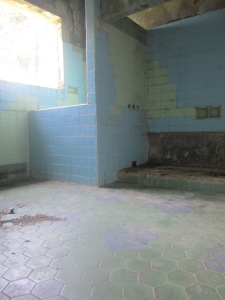






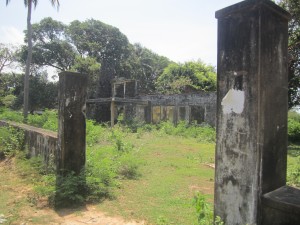






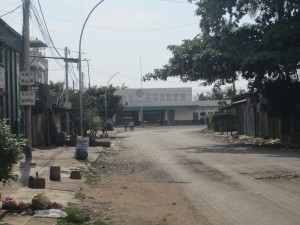



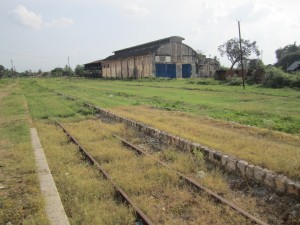



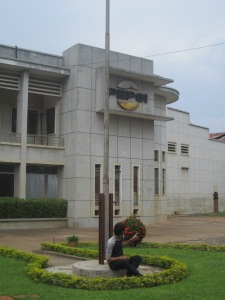

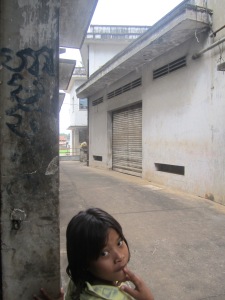

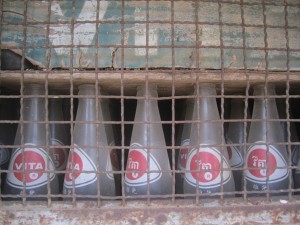

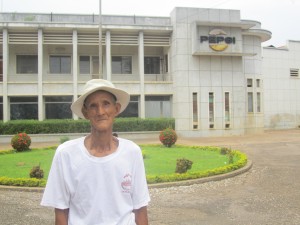

































Recent Comments